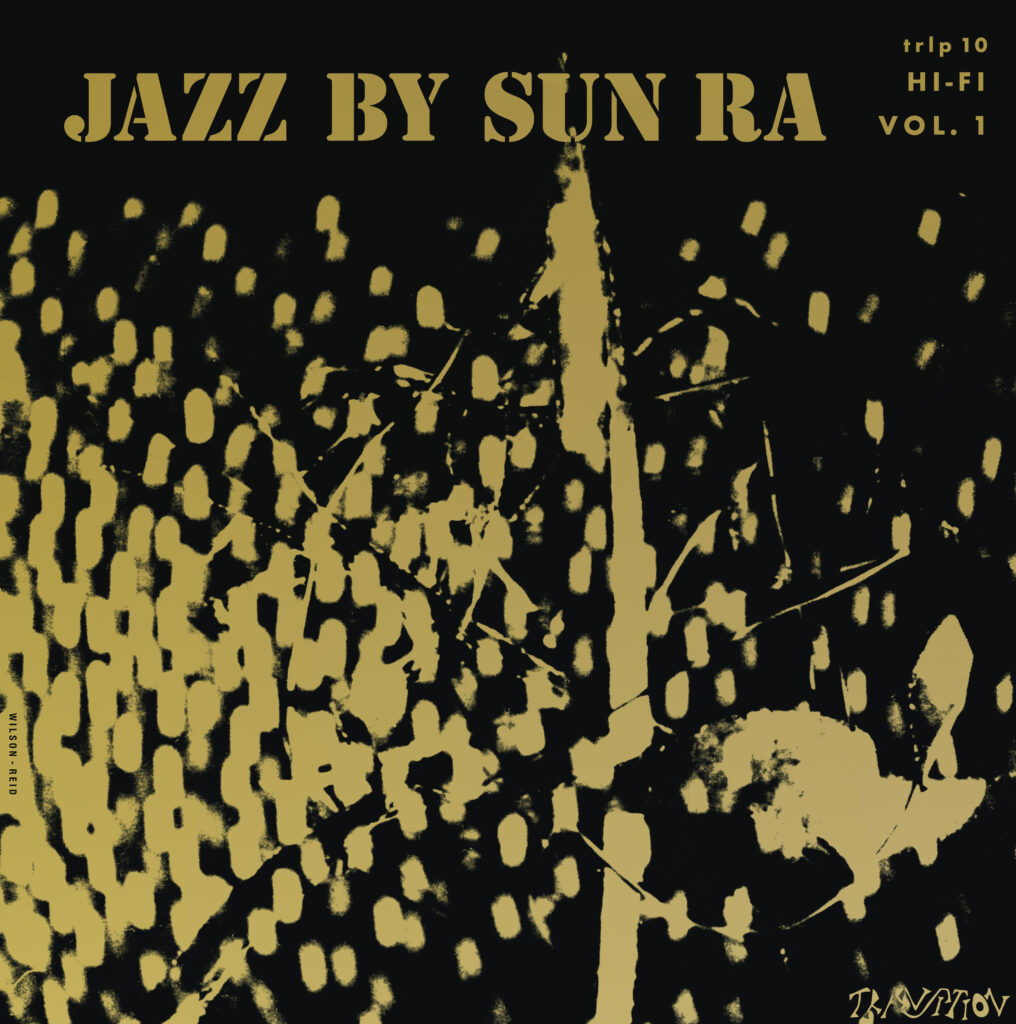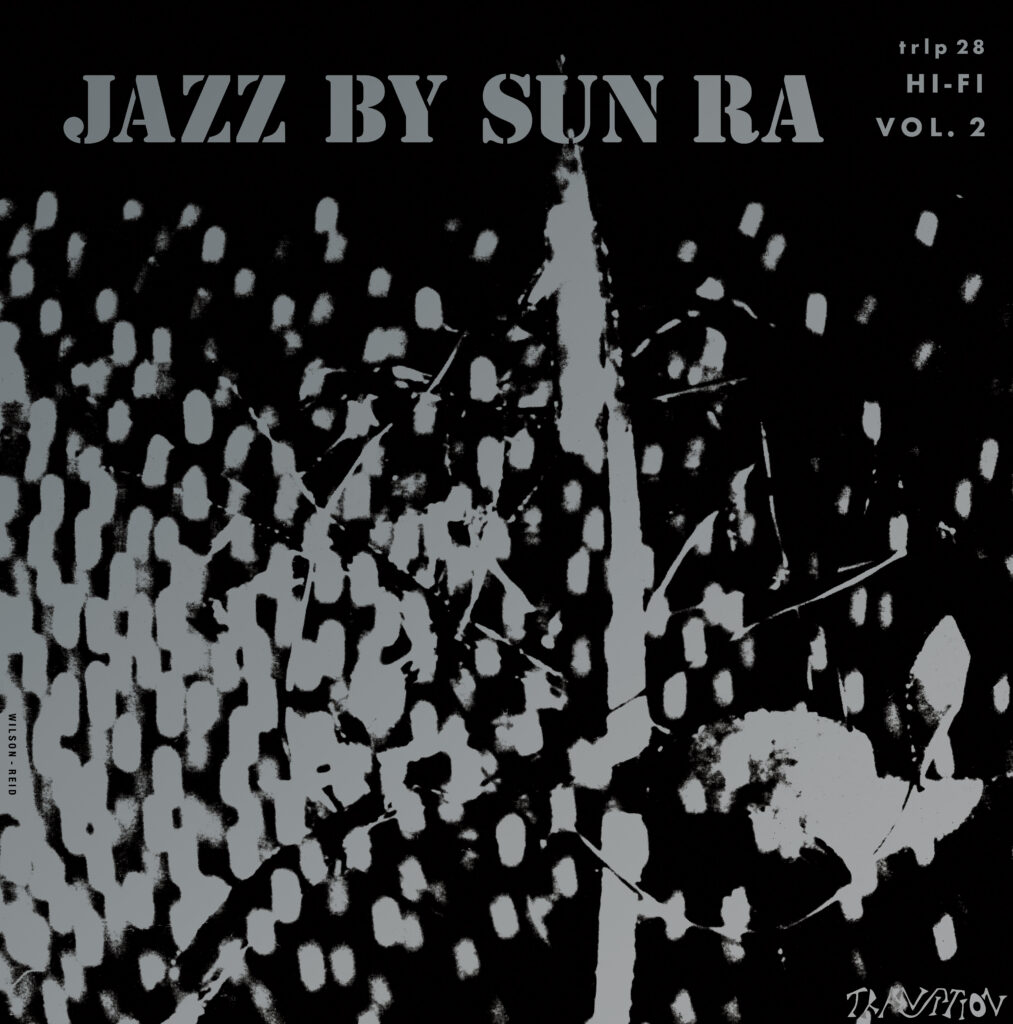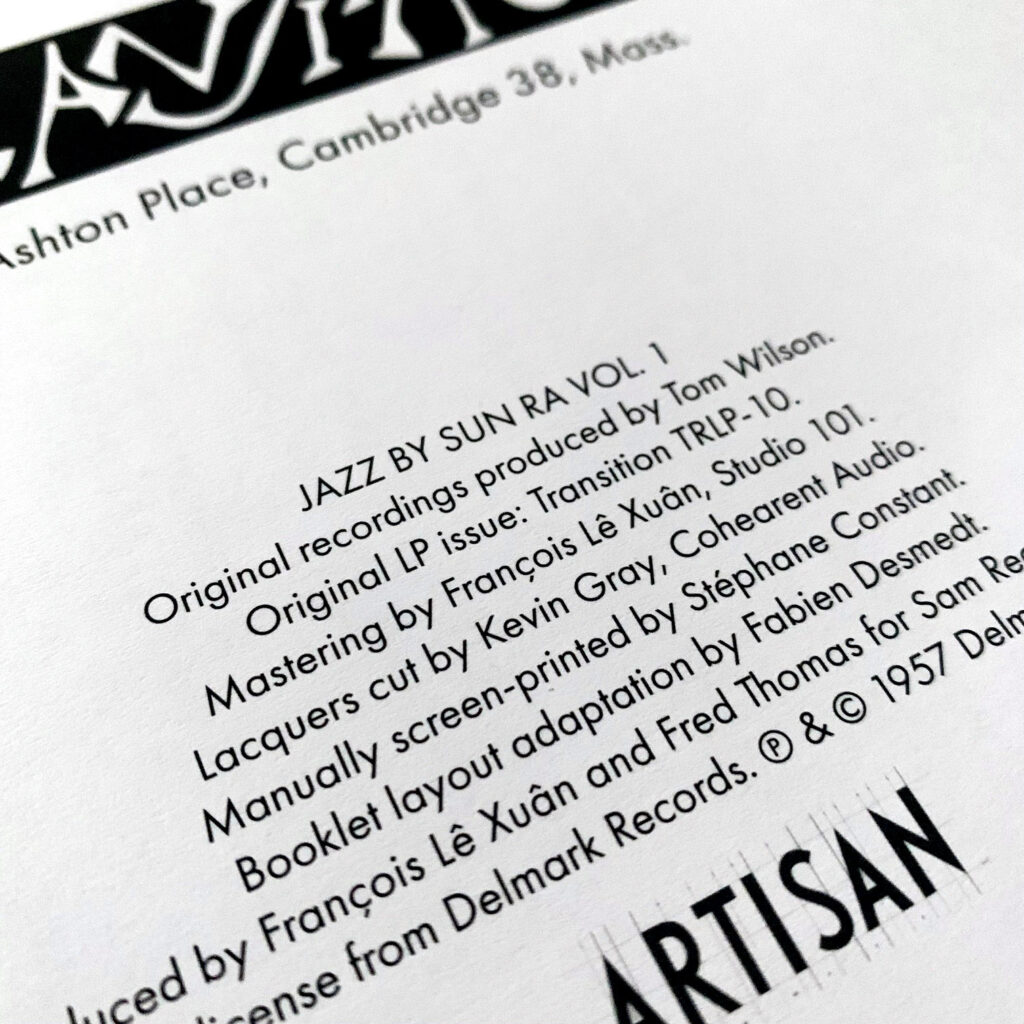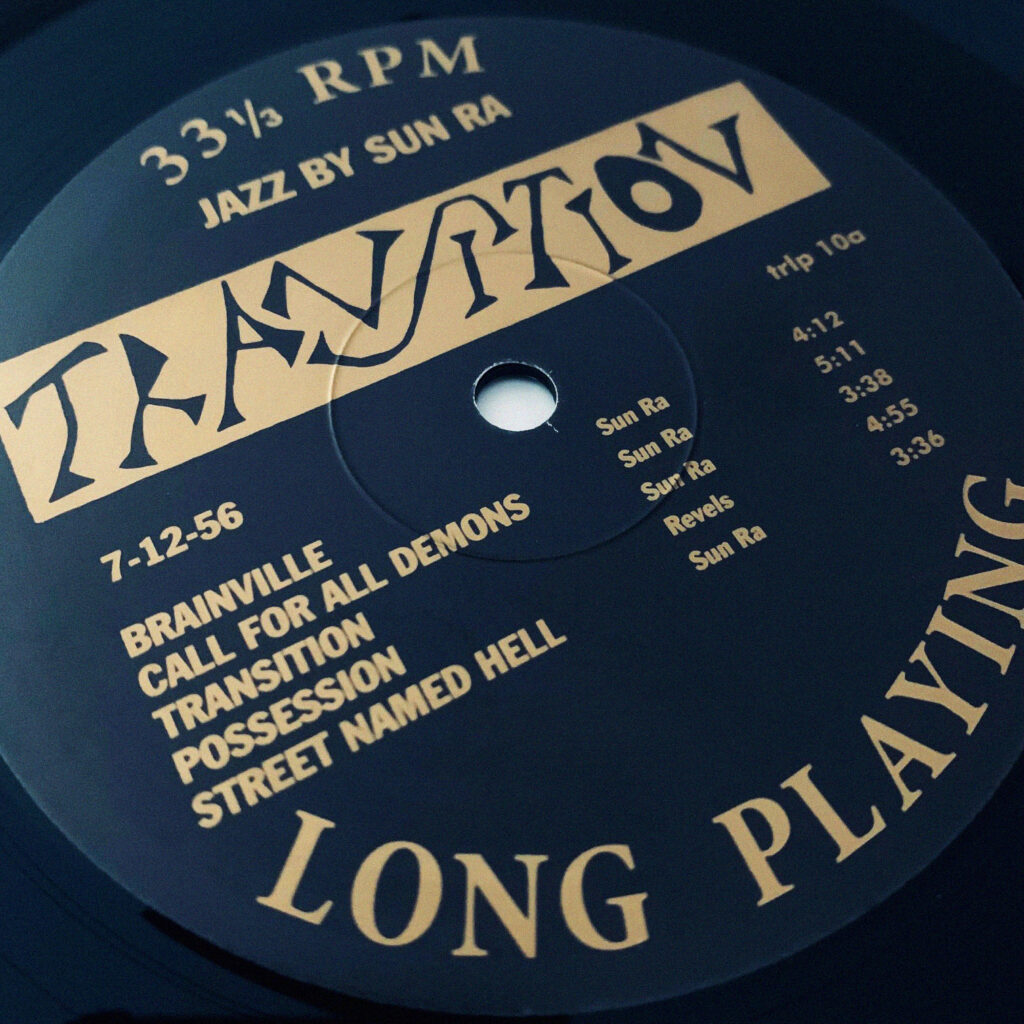Jazz by Sun Ra Vol. 1 / Vol. 2


Did you know that the short-lived Transition label released the first LPs, or first sessions as leaders of three of the greatest performers in modern jazz?
Donald Byrd – Byrd Jazz – Transition TRLP 5
Sun Ra – Jazz by Sun Ra Vol. 1 – Transition TRLP 10
Cecil Taylor – Jazz Advance – Transition TRLP 19
Tom Wilson, its founder and manager, was undoubtedly a man of taste more than a businessman as the label had to close its doors after only two years of activity (1955-57). He went on to produce pop and rock artists such as Frank Zappa, Simon and Garfunkel, The Velvet Underground and Bob Dylan, to name but a few. Fortunately, most of the recordings he produced for Transition—including unreleased material—were later acquired by other labels or the musicians themselves and some of them had been given a second chance to be heard.
At the end of the 1960s Bob Koester released the tracks Sun Ra had recorded for Transition on two Delmark LPs, Sun Song [DL-411, 1967] the reissue of Transition TRLP-10, and the partially unreleased Sound of Joy [DS-414, 1968]. The latter should certainly have seen the light of day under the reference TRLP-28 if Transition had had a better fate, which is why we chose to use the same cover art as TRLP-10 but in a silver tone for our screen printing.
Even if Jazz by Sun Ra Vol. 1 is known to be the first Sun Ra LP, the musician was an active performer since the late 1940s, and had already recorded with his own “Arkestra” numerous titles that can be found on Saturn releases. Nonetheless, it seems that Sun Ra had never had such extensive resources at his disposal as Tom Wilson provided for these two recording sessions. During the first session on 12 July 1957, the Arkestra, at the time made up of eight musicians, grew to eleven with the addition of Dave Young (tp), James Scales (as) and Richard Davis (b) to the regulars Pat Patrick, John Gilmore, Robert Barry and Jim Herndon. Similarly, the sound quality of these recordings, made at Universal Recording in Chicago, is a notch above Saturn productions from the same period.
Aside from these purely discographic considerations, the music on these two albums is thoroughly enjoyable and surprisingly accessible compared to other Sun Ra albums. The musician develops all the musical ideas he had previously experimented with: advanced time signatures coupled with harmonic scales based on his mathematical equations. Not to forget the lush elegance within the delicate, if not intricate arrangements heard on many themes.
As he himself explains in the original liner notes: “I always strive to write the sounds I hear both inwardly and outwardly. I use the simple rules of harmony as a basis but I employ my own rule as well. My rule is that every note written or played must be a living note. In order to achieve this, I use notes like words in a sentence, making each series of sounds a separate thought. My watchword is precision. I never forget that a sound “sound” is just as important as a sound doctrine in a non-musical field.
We rehearse everyday on new sounds and new approaches to projection. Projection is very important. Dynamics, melodies that have a story to tell, chords that alert the ear, contrapuntal rhythms, all combine in my creations to make a new form of modern jazz.”
These notes, reproduced in their entirety, are one of the rare opportunities that Sun Ra sought to explain not only his influences, but his methods of composition and modes of execution as well. Jazz by Sun Ra Vol. 1 and Vol. 2 represent arguably the most accessible work in the Sun Ra catalogue, as well as one of the most thoroughly and repeatedly listenable.
– 180g / 12’’ LP / 33-RPM
– Limited edition of 500 hand-numbered copies
– Exclusively available on www.samrecords.fr


JAZZ BY SUN RA VOL. 1
SUN RA & HIS ORCHESTRA
SUN RA: PIANO – ART HOYLE: TRUMPET – JOHN GILMORE: TENOR SAX – PAT PATRICK: BARITONE SAX – JIM HERNDON: TYMPANI & TIMBALI – ROBERT BARRY: DRUMS – JULIAN PRIESTER: TROMBONE – RICHARD EVANS: BASS – WILBURN GREEN: ELECTRONIC BASS – DAVE YOUNG: TRUMPET – JAMES SCALES: ALTO SAX
incidental sounds: Wood Blocks by John Gilmore, Bells from India by Pat Patrick, Art Hoyle… Other Bells by Jim Herndon, Dave Young, Robert Barry… Cathedral Chimes by Julian Priester… Tambourines by Wilburn Green.
A1 BRAINVILLE 4:12
A2 CALL FOR ALL DEMONS 5:11
A3 TRANSITION 3:38
A4 POSSESSION 4:55
A5 STREET NAMED HELL 3:36
B1 LULLABY FOR REALVILLE 4:40
B2 FUTURE 2:51
B3 NEW HORIZONS 3:03
B4 FALL OFF THE LOG 3:56
B5 SUN SONG 3:38
Recorded at Universal Corporation, Chicago, July 12, 1956.
Original LP issue: Transition TRLP-10.
℗ & © 1957 Delmark Records.
—
JAZZ BY SUN RA VOL. 2
SUN RA & THE ARKESTRA
SUN RA: PIANO – ART HOYLE: TRUMPET – DAVE YOUNG: TRUMPET – JOHN AVANT: TROMBONE – PAT PATRICK: ALTO & BARITONE SAX – JOHN GILMORE: TENOR SAX – CHARLES DAVIS: BARITONE SAX – VICTOR SPROLES: BASS – WILLIAM “BUGS” COCHRAN: DRUMS – JIM HERNDON: TYMPANI & TIMBALI
A1 EL IS A SOUND OF JOY 3:53
A2 OVERTONES OF CHINA 3:22
A3 TWO TONES 3:39
A4 PARADISE 4:28
A5 PLANET EARTH 4:21
B1 ANKH 6:28
B2 SATURN 3:57
B3 REFLECTIONS IN BLUE 6:18
B4 EL VIKTOR 2:29
Recorded at Universal Corporation, Chicago, circa December 1, 1956.
Original LP issue: Delmark DS-414.
℗ & © 1968 Delmark Records.
—
Original recordings produced by Tom Wilson.
Mastering by François Lê Xuân, Studio 101.
Lacquers cut by Kevin Gray, Cohearent Audio.
Manually screen-printed by Stéphane Constant.
Booklet layout adaptation by Fabien Desmedt.
Produced by François Lê Xuân and Fred Thomas for Sam Records/Saga.
Under license from Delmark Records.
